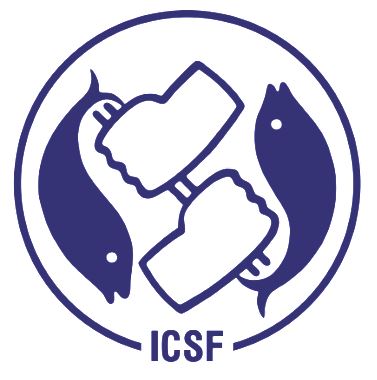Yadav, Manish and Ranjan, Rahul and Shah, Tapendra Bahadur (2023) Fish farming practices and disease occurrence in the fish farms of Dhanusha district, Nepal. Fisheries and Aquaculture Journal, 14 (3). pp. 1-18. ISSN 2150-3508
Full text not available from this repository. (Request a copy)Abstract
Dhanusha is one of the leading fish producing districts in Nepal and the fish farming is increasing in the district to establish the district as a ‘fisheries center’. However, with the increasing fish farming and intensity, a number of diseases find their way to the farm which may hinder the progress of fish farming. Present study was carried out in CFPCC21/22 to assess the fish farming practices and the disease occurrence in fish farms of Dhanusha district. Questionnaire based personal interviews were conducted with 64 fish farmers selected from all over the district using simple random sampling. Majority of the respondents were males (89.1%), in the active age group of 30-50 years (71.9%), with average experience of more than 15 years (39%) in fish farming. The widely adopted farming system was carp polyculture, however, some of the farmers also culture other species like Pangas, African catfish, Rupchand, Puntius etc. Only earthen ponds were common with water depths of 5 ft-7 ft (54.7%). Majority of the respondents relied on private hatcheries (34.4%) for fish seeds and the most common stocking size was fingerlings (42.2%) and fry (29.7%). The major source of information and technical support for the farmers were successful farmers (82.8%) and government offices (73.4%). Approximately 65.6% of the farmers had received trainings on fish production and disease management. The most common feed materials were mustard oil cake (100%); rice bran (96.9%) and commercial pellet feed (54.7%). Cattle dung (87.5%); poultry manure (28.1%) and urea/DAP (95.3%) were the major fertilizers used by the farmers. The most prevalent fish disease was argulosis (96.9%), Lernaea (90.6%) and EUS (85.9%), but asphyxiation (82.8%) caused the reportedly highest mortality of 346.1 ± 305.5 kg/ha. Similarly, the most susceptible species to disease was naini (65.6%) followed by silver carp (49.0%) and bighead carp (34.0%), while the least infected species was grass carp (0.8%). Winter (70.3%) was reported to be the main season for the occurrence of fish diseases in Dhanusha district. The average B/C ratio in pond aquaculture in the study area was 1.36
| Item Type: | Articles |
|---|---|
| Keywords: | Nepal, Hatchery, Aquaculture, Food Security, Fish Production, Polyculture, Fisheries Statistics, Fish Data |
| Subjects: | Aquaculture |
| Depositing User: | Vivek D ICSF |
| Date Deposited: | 17 Nov 2023 05:14 |
| Last Modified: | 17 Nov 2023 05:14 |
| URI: | http://icsfarchives.net/id/eprint/19895 |
Actions (login required)
 |
View Item |


